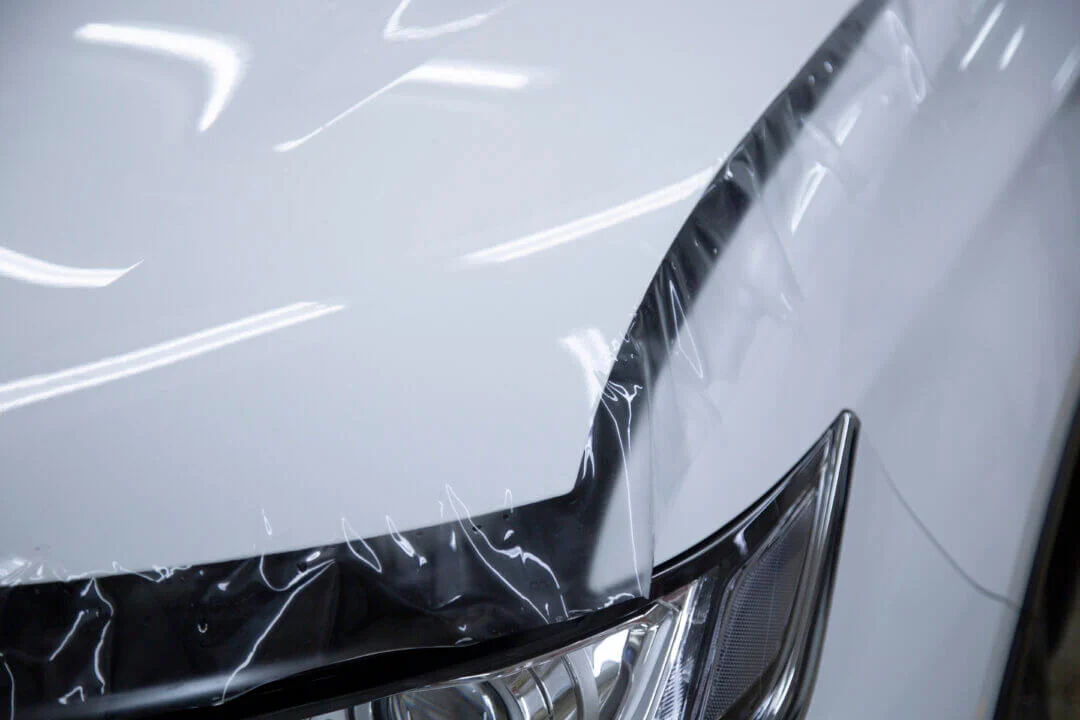Paint protection film (PPF) is crucial in guarding the exterior of vehicles, providing a shield against external elements that may damage the car’s paintwork. When applied correctly, PPF not only preserves a vehicle’s original beauty but also adds longevity to its overall appearance. In this post, we will explore the step-by-step process of properly applying paint protection film for maximum protection.
1. Gather the Necessary Tools and Materials:
Before starting the application process, gathering all the required tools and materials is important. These typically include PPF sheets, an installation squeegee, a heat gun or heat source, masking tape, a measuring tape or ruler, denatured alcohol or surface cleaner solution, microfiber towels, and trimming tools. So, research stores near you or online marketplaces offering these items. For instance, if you live in Melbourne, find a suitable provider selling PPF in Melbourne along with other items you need.
2. Clean and Prepare the Surface:
Preparing the surface is crucial as any dirt or contaminants can affect the adhesion of the paint protection film. Start by washing and drying your vehicle thoroughly using a mild car shampoo and clean water. Once dry, use denatured alcohol or a surface cleaner solution to remove any remaining residue or contaminants from the surface you plan on protecting.
3. Measure and Cut PPF Sheets:
When cutting PPF sheets, measurements are vital to ensure precise coverage on each panel of your vehicle’s exterior. Begin by measuring each part that requires protection—like fenders, bumpers, and doors—using a measuring tape or ruler. Once you have accurate measurements for each section, carefully cut corresponding pieces from the PPF sheet using appropriate trimming tools.
4. Apply PPF onto One Section at a Time:
Work one area at a time to ensure an even application throughout your vehicle’s exterior surfaces without rushing through it hurriedly. Start with easily accessible sections, such as fenders or side mirrors, before moving on to more challenging areas like bumpers or curvier surfaces. Place the pre-cut PPF sheet onto the designated area, leaving a small overlap around the edges to trim later.
5. Use a Squeegee for Adhesion:
To achieve optimal adhesion between PPF and the vehicle’s surface, use an installation squeegee while gradually removing the backing that protects the adhesive side of the film. Begin by applying gentle pressure with firm downward strokes, working from one end of the section to another. This technique ensures all air bubbles between the film and the surface are eliminated, providing a smooth and seamless finish.
6. Heat Shaping for Contoured Surfaces:
Using a heat source such as a heat gun can be instrumental in achieving a snug fit for contoured surfaces like bumpers or curves. Carefully heat the applied paint protection film while keeping it taut against tight corners or curvatures. The heat softens the film material, allowing it to conform precisely to every nook and cranny of your vehicle’s shape.
7. Trimming for Precision:
Once you have applied PPF to the overall desired areas, it is crucial to trim any excess film professionally and meticulously, ensuring clean lines without overlapping adjacent panels or visible edges. Use trimming tools specifically designed for PPF applications and carefully follow along edges and contours while removing excess material.
8. Finishing Touches:
With all sections properly applied and trimmed to perfection, inspecting your work diligently before considering it complete is essential. Smooth any imperfections or remaining air bubbles that may still be present by using gentle pressure with your fingertips or another pass of the squeegee if needed.
9. Post-Application Care:
Once the paint protection film has been properly applied, following some post-application care tips is important to ensure maximum protection and longevity.
- a) Allow Sufficient Drying Time: Give the paint protection film ample time to dry and set before exposing the vehicle to any external elements or conditions. This typically involves waiting for at least 24 to 48 hours, depending on the specific PPF brand and manufacturer’s recommendations.
- b) Regular Cleaning: To maintain the appearance and functionality of your paint protection film, regularly wash your vehicle using mild car shampoo and water. Avoid abrasive cleaning agents or rough sponges that may cause damage to the film. Use a microfiber towel or a soft cloth for drying, as rough materials can potentially scratch the surface.
Conclusion:
Correctly applying paint protection film is crucial in ensuring the resilience and longevity of your vehicle’s exterior. By following the step-by-step process outlined above, including gathering the necessary tools, preparing the surface, measuring and cutting PPF sheets accurately, using a squeegee for adhesion, heat shaping for contoured surfaces, trimming with precision, and conducting post-application care, you can achieve maximum protection for your vehicle’s paintwork.
Remember to maintain a third-person perspective and organise your writing to engage readers effectively. Use subheadings to organise content logically and make it easier to follow. Vary sentence structure and word choice to enhance readability while avoiding filler words.
